Recently updated on July 20th, 2022 at 10:05 am
This World Environment Day, we take a closer look at the destination labelled as one of the most biodiverse areas in Costa Rica by National Geographic—The Osa Peninsula. The Peninsula is often overlooked by tourists who favour the hustle and bustle of its popular capital city, San José. But while San José offers buzzing food markets, lively theatres and (delicious) coffee cafe’s galore, the Osa Peninsula is known for its secluded, powdery white beaches, untouched scenery and several national parks. The region is also home to a multitude of animals, some of which are on the endangered list. Let’s take a closer look at exactly what The Osa Peninsula has to offer…
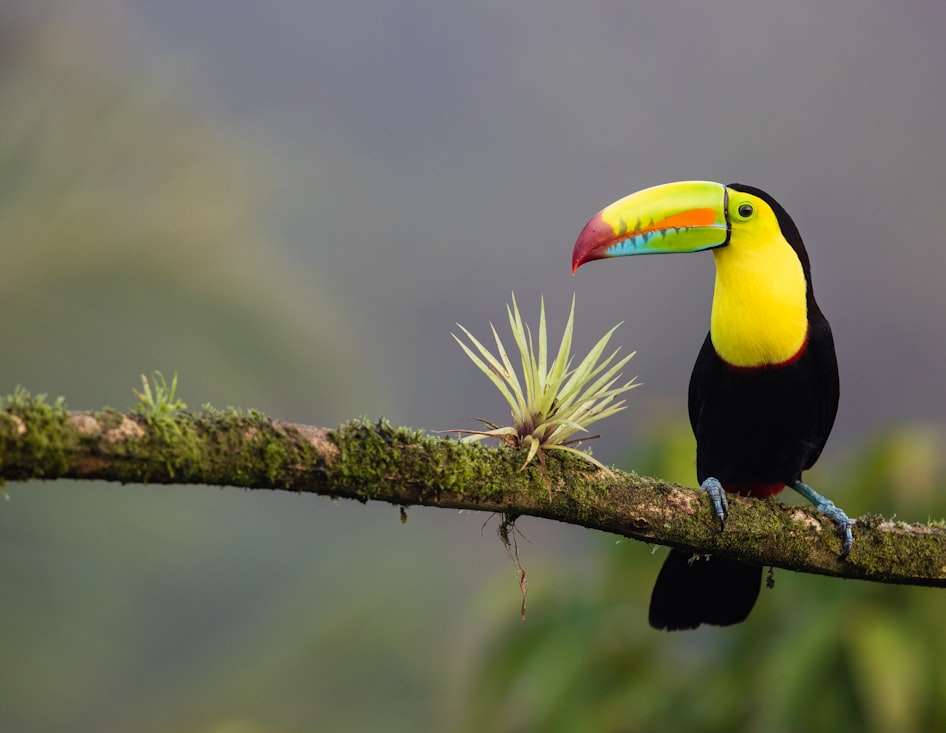
Drake Bay on the Pacific Ocean
Found either by a small boat, or even smaller airstrip for the brave, and nestled along the western shores of the Osa Peninsula, Drake Bay is the starting point for two of the peninsula’s main attractions – Corcovado National Park and Caño Island Biological Reserve. With forest trails, waterfalls, rivers, pools and some of the best snorkeling and scuba diving in all of Costa Rica, this area of rainforest is an adventure-lovers paradise.
GET INSPIRED BY: Costa Rica is ready to receive visitors once more
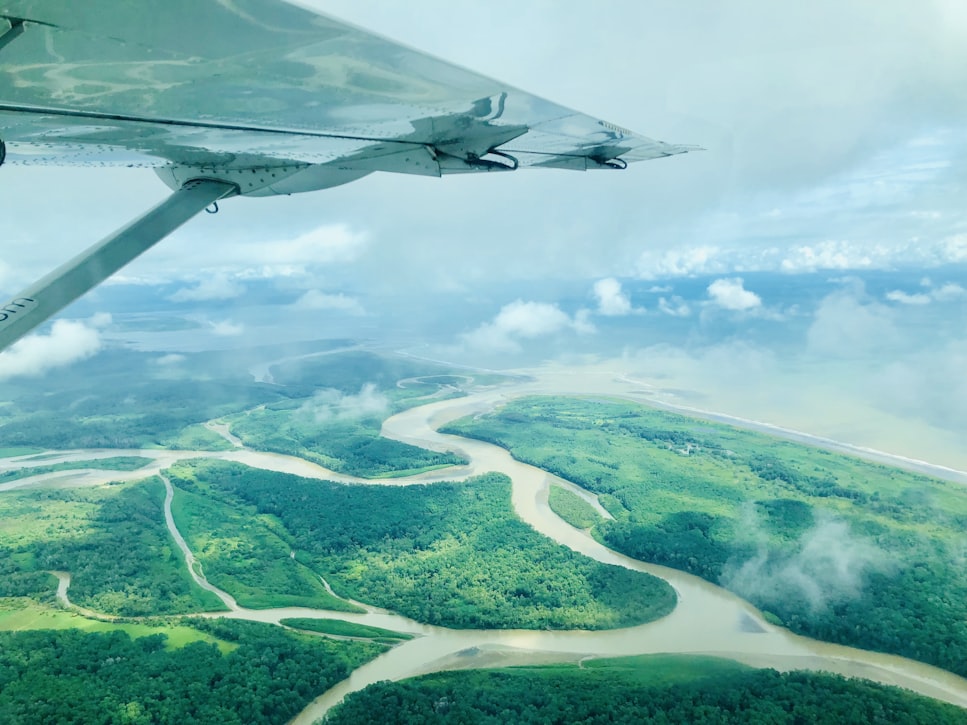
Corcovado National Park
One of the richest and most diverse tropical areas in the world, Corcovado National Park covers almost half of the entire peninsula and has the largest lowland rainforest in Central America. The park is home to four species of monkey, one of the largest populations of macaws, sloth and endangered puma and jaguar. Park rangers offer daily tours of the area, hoping to point out as many different species as possible, whilst ensuring that the park, and the animals habitat remains pristine.
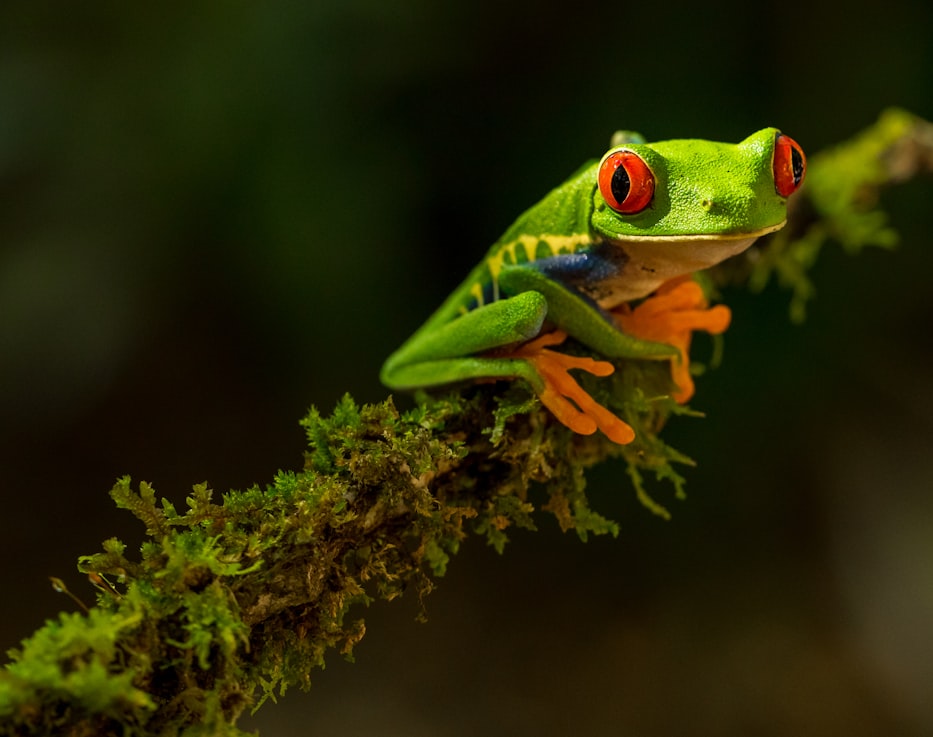
Caño Island Biological Reserve
Once used as a cemetery in Pre-Columbian times, the biological reserve on Caño Island is where many of the mysterious stone spheres of Central America, thought to have been carved by pre-Columbian natives, are located. This is a particularly popular destination for fans of diving and snorkelling, due to the reserves’ crystal clear, azure waters.
GET INSPIRED BY: What to pack for a 10-day trip to Costa Rica
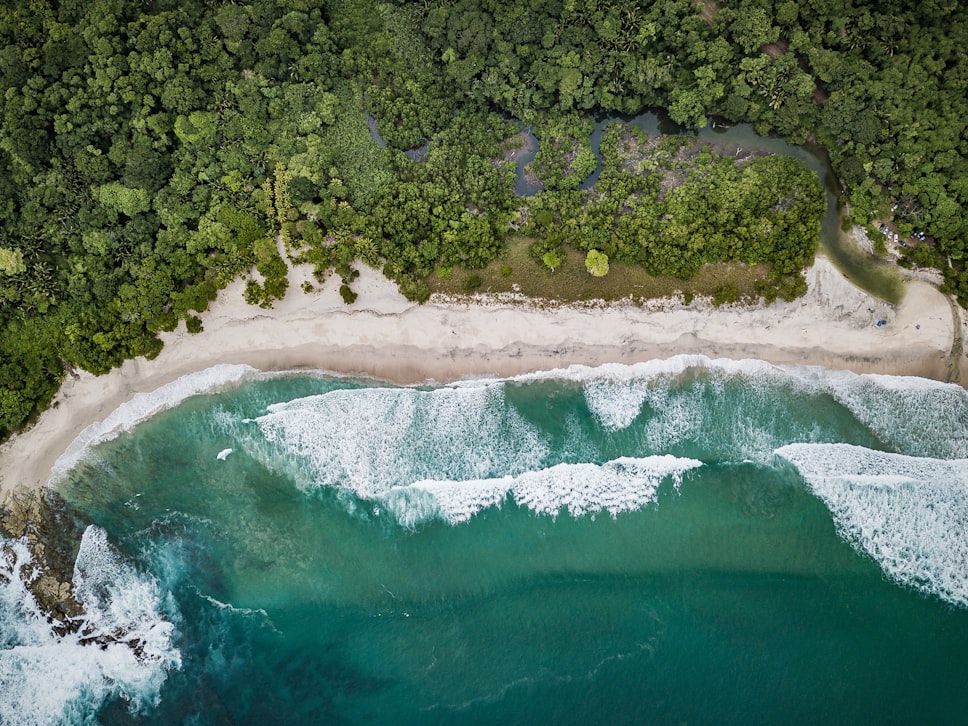
Manuel Antonio National Park
Manuel Antonio National Park is home to three beautiful beaches, casual forest trails and dense rainforest teaming with two- and three-toed sloths, white-faced capuchins, toucans and red-eyed tree frogs. The two main beaches within the park – Espadilla Sur beach and Manuel Antonio beach – are about a 30 minute hike from the park’s main entrance. Manuel Antonio beach in particular is best known for its spectacular views and brightly-coloured sunsets.
GET INSPIRED BY: 7 songs that will get you dreaming of Costa Rica

What can I do to support World Environment Day?
Looking for ways to reduce your environmental impact when you travel? It’s not nearly as tricky as it sounds – simply travel with Trafalgar. The Travel Corporation, Trafalgar’s parent company, created the non-profit The Treadright Foundation more than a decade ago. The mission of the organisation is simple – to leave only a positive impact on the people we visit, the wildlife we watch from afar, and the planet we all share. In short, to make travel matter.
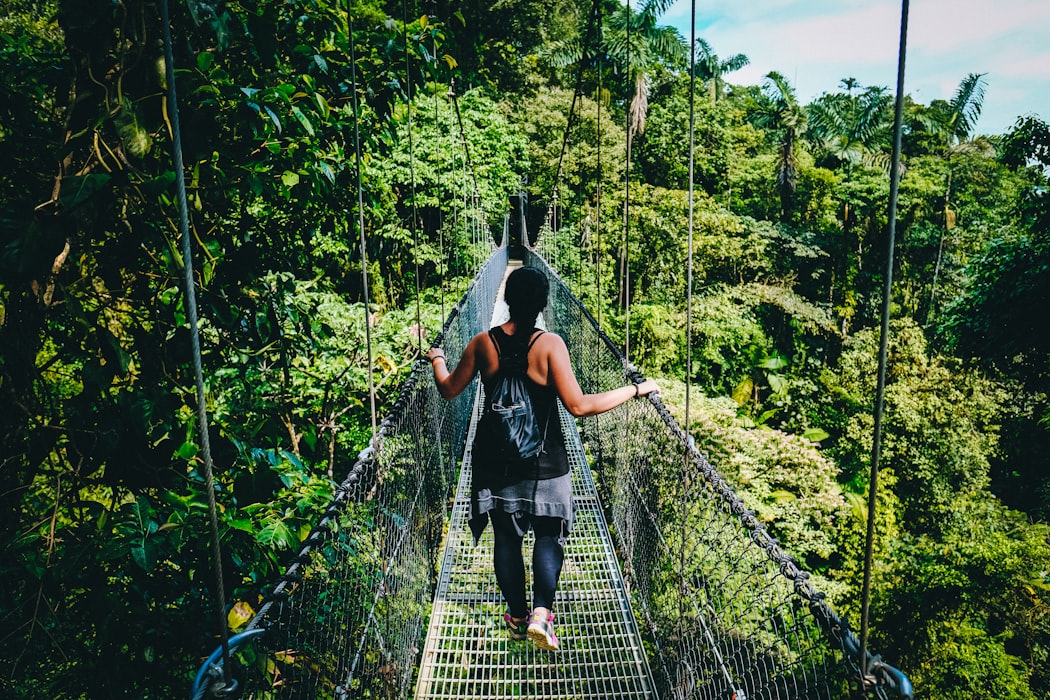
So, make your travel matter this World Environment Day. Reduce environmental impact through the Join Trafalgar initiative. Sign the pledge and rest easy in the knowledge that by travelling with Trafalgar, you’re making your travel matter and bringing benefits to the local community, wildlife and heritage of a destination.